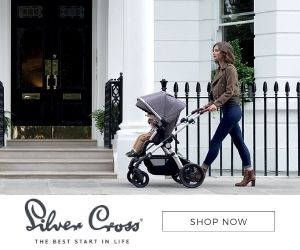Your baby has spent nine months inside your belly, once Earth-side you are the one person who it will recognize through your voice, breathing and heartbeat. It makes perfect sense why baby wearing is comforting for your newborn, it is the closest he or she will get to being back in the comfort of your womb.

But why? Aside from the obvious benefit of having both arms free to prepare bottles, feed and dress your other children, there are many reasons wearing your baby will benefit you and your new bundle of joy.
Research shows that babies that are carried cry up to 54% less than babies who are not carried. The reason for this that baby wearing allows parents to mimic a womb-like environment which can help them self-sooth.
The fact you are close to bub also stimulates breast-milk production, which is always a plus for a growing bub. Not to mention that you are able to discreetly breastfeed right in the carrier.
Due to the skin to skin time spent in a carrier, your baby’s needs are being met, therefore your baby can calmly take in and learn about the world they live in. This increases their mental and social development as they can watch you interact with others at conversational height.
By wearing your baby, you will be reducing the changes they will develop Plagiocephaly also known as flat head syndrome. Flat heads occur when you baby is on their back too much by either allowing them to play on their back in the crib or on baby swings.
To ensure both you and your baby are safe, the Australian Breastfeeding Association recommends the following five tips:
- Don’t do any activity you wouldn’t do while pregnant while wearing your baby. Your centre of gravity is affected by the added weight of the baby so don’t risk any activity which may lead to a fall.
- Keep your baby’s airways clear. You should always be able to see your baby’s face without removing fabric, or that their chin isn’t being pressed against their chest.
- Keep baby high and tight against your chest not low on your hips to avoid sore shoulders or back.
- Read the instructions to your carrier or watch any instructional videos to ensure you have the carrier on correctly.
- Trust your instinct, you should always be able to make eye contact with your baby to check they are safe and content.
Before buying a carrier, it is recommended that you try it on at the store, most retailers will have a sample for you to learn how to put it on and staff will only be too happy to help find the right baby carrier for you.










